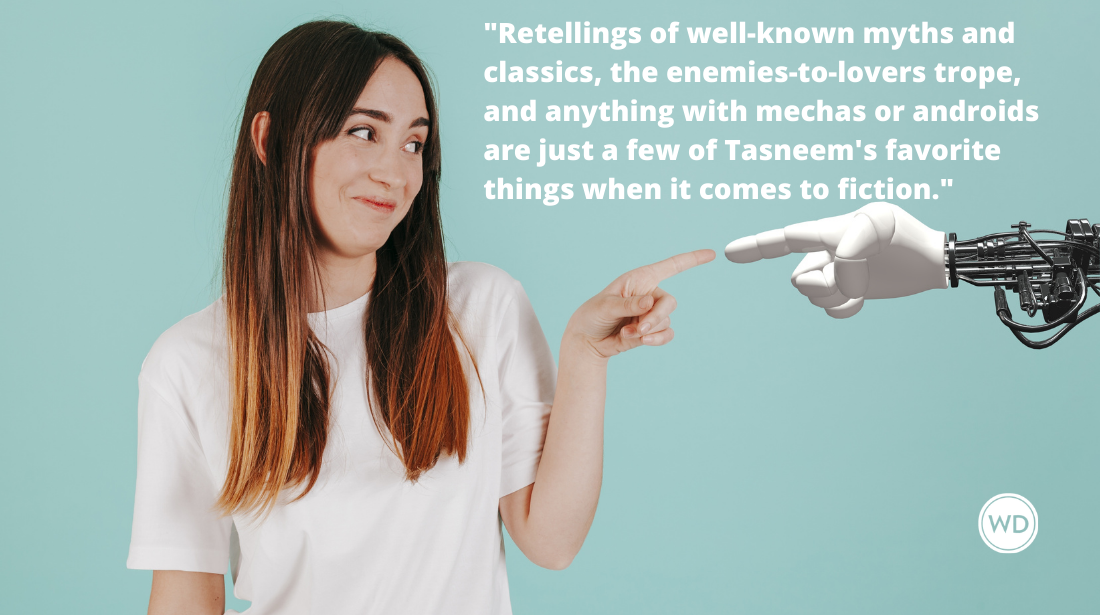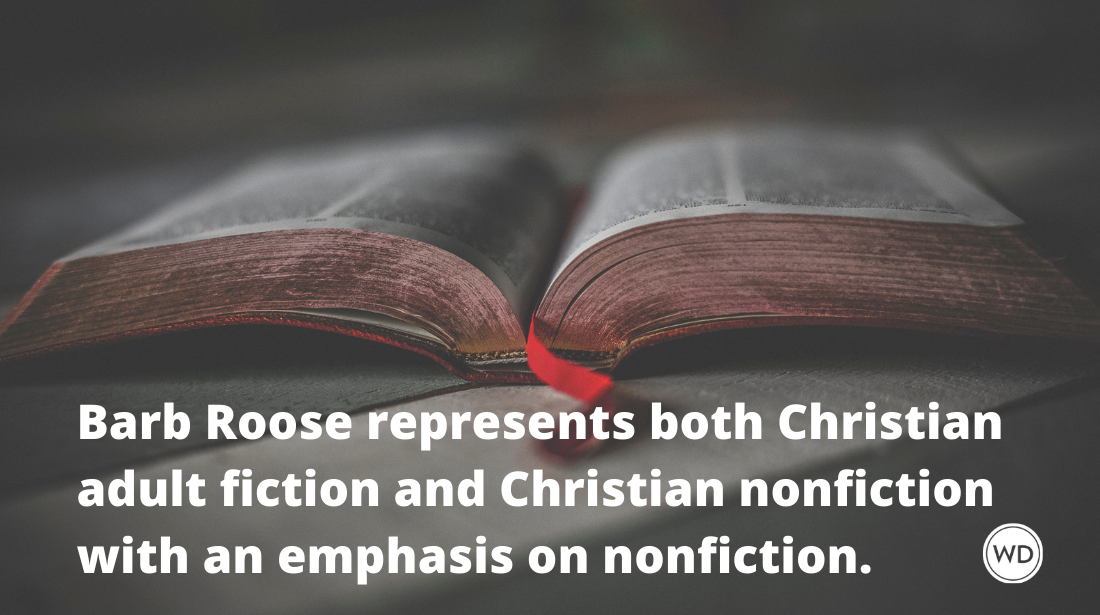What Does That Mean? Literary Definitions: Vol. 7
Ever come across a publishing term and wasn’t sure what it meant? (Who hasn’t?) The Buried Editor and I are pairing up to start a series to help define some oft-used terms…
Ever come across a publishing term and wasn't sure what it meant? (Who hasn't?)
The Buried Editor and I are
pairing up to start a series to
help define some oft-used
terms in the publishing world.
Here's Volume Seven:
Buzz - Interest and positive word-of-mouth talk about something. For example: "The new Hulk film is supposed to be surprisingly good. It's got some buzz." The best way to sell a novel is to generate good word-of-mouth buzz from readers.
Character arc - The emotional journey a character takes from the beginning to the end of the story, changing along the way.
Coverage - Written remarks about a screenplay usually composed by a reader or analyst. The reader will look at a script and then write 1) a story summary, 2) their thoughts on the script (a critique), and 3) their thoughts on abandoning or moving forward on the project.
Didactic - A word that means talky or preachy. Usually describes sections of a manuscript.
On acceptance - Pays when the submission is turned in and deemed worthy. Writer's Digest pays on acceptance. When a writer turns in the commissioned piece, we review it to make sure it's what we requested and expected. If it is, we pay the writer then and there. Preferred to "on publication."
On publication - Pays when the submission is published, but not before. If a magazine pays "on publication," you only get money when the article is printed. But what if it's never printed? A-ha. It's not common that an article is simply unused or thrown out, but it's happened plenty of times.
Synopsis - A front-to-back summary of your story that usually runs 1-2 pages. It's a way of telling the basics of everything that happens without spending hours reading the whole ms.
Three-act structure - The most basic and common framework for telling a story. This tried-and-true blueprint utilizes three acts, each of which has its own specific purpose. For example, in Act I, we are introduced to the protagonist and shown their world. By the end of Act I, the protagonist gets in some serious trouble and their world is being turned upside down.
Chuck Sambuchino is a former editor with the Writer's Digest writing community and author of several books, including How to Survive a Garden Gnome Attack and Create Your Writer Platform.






